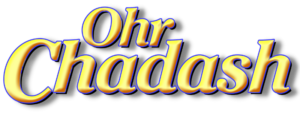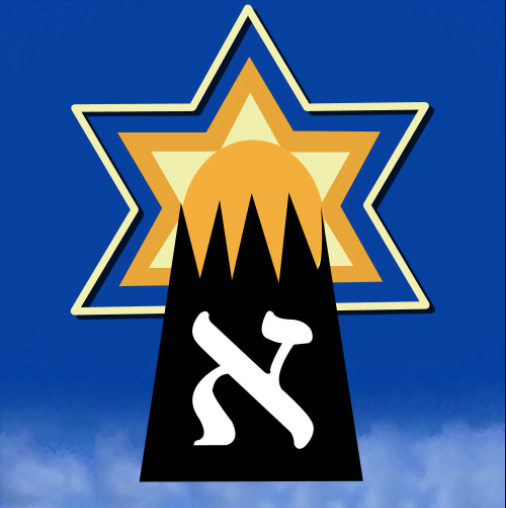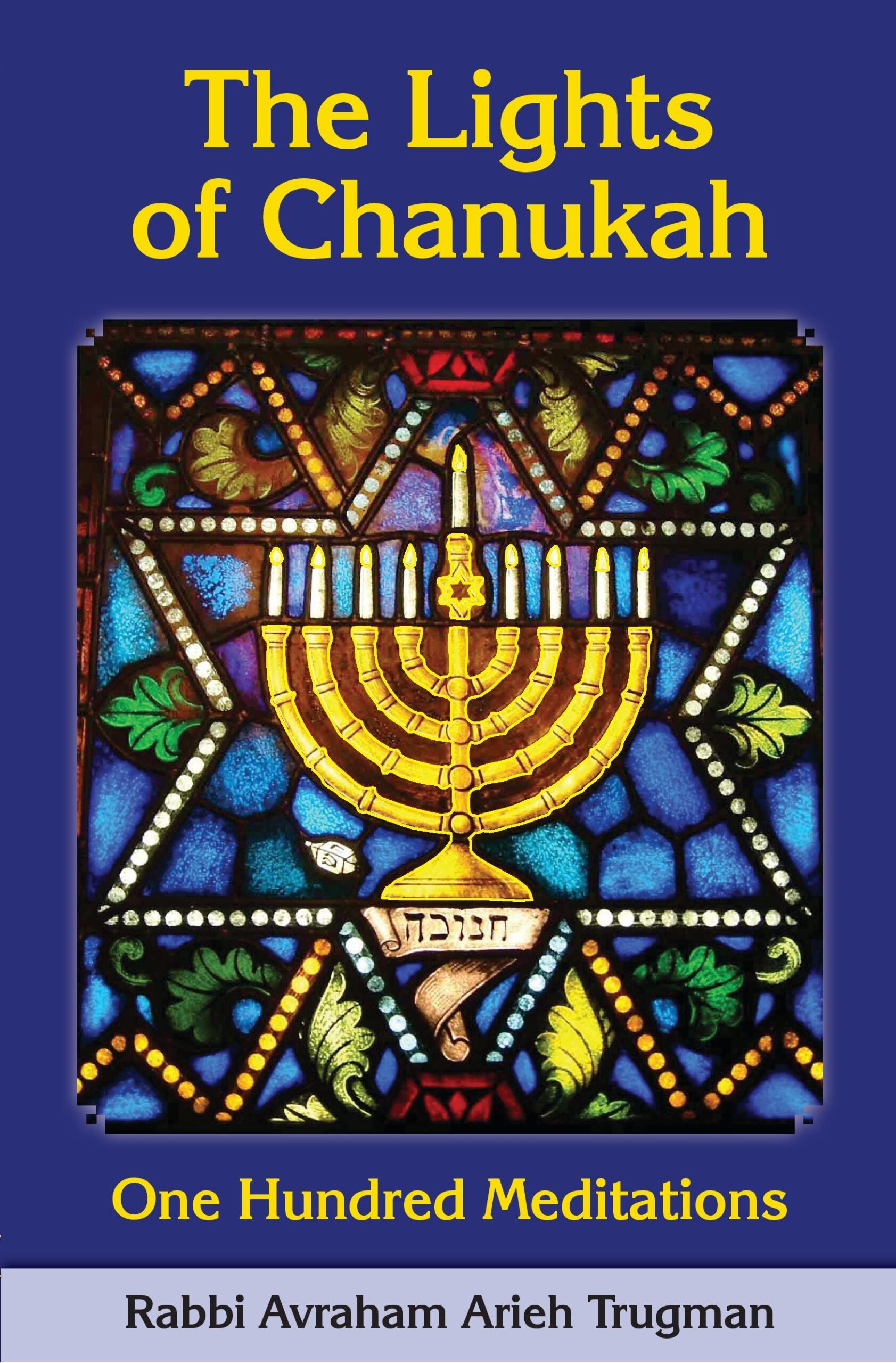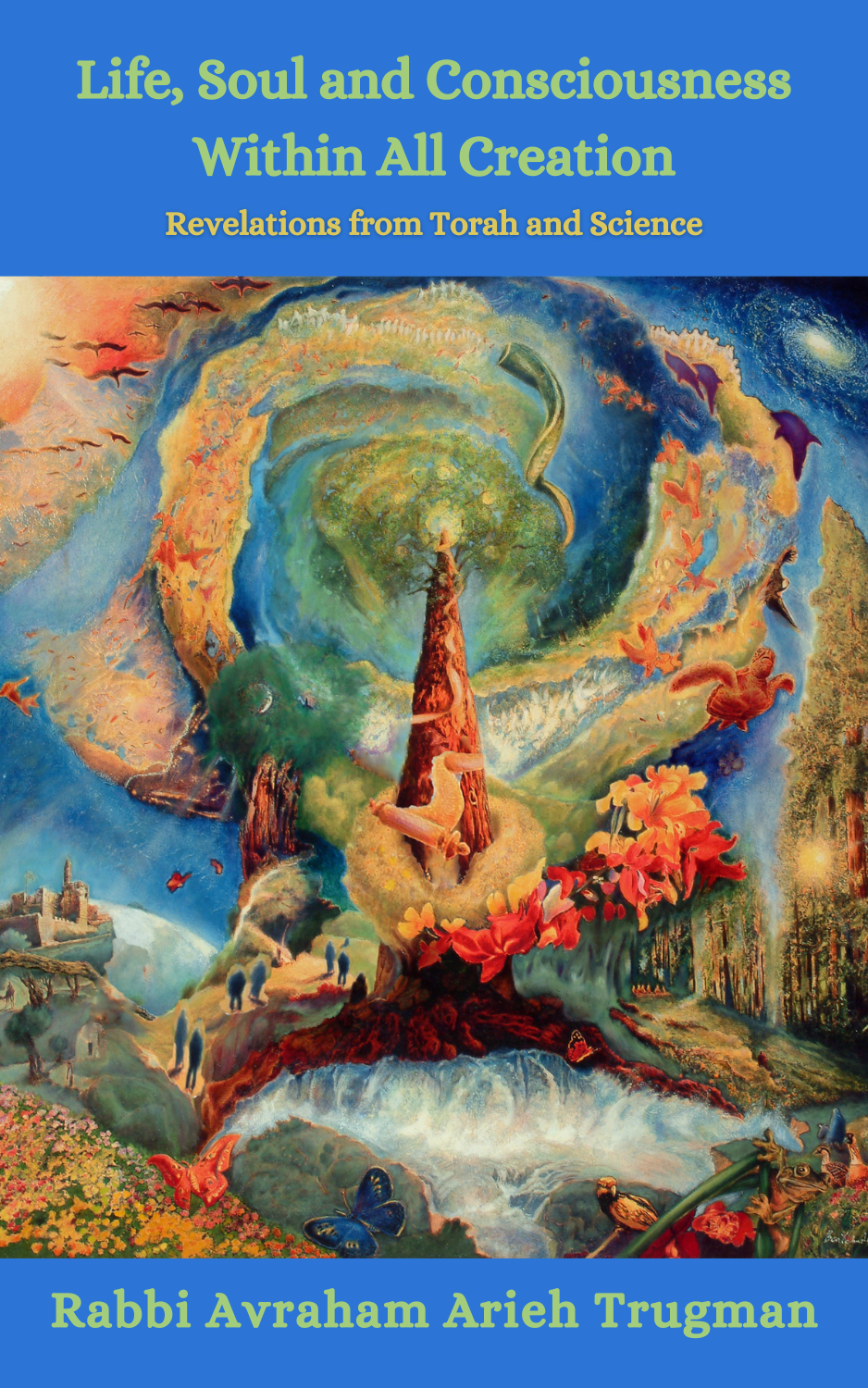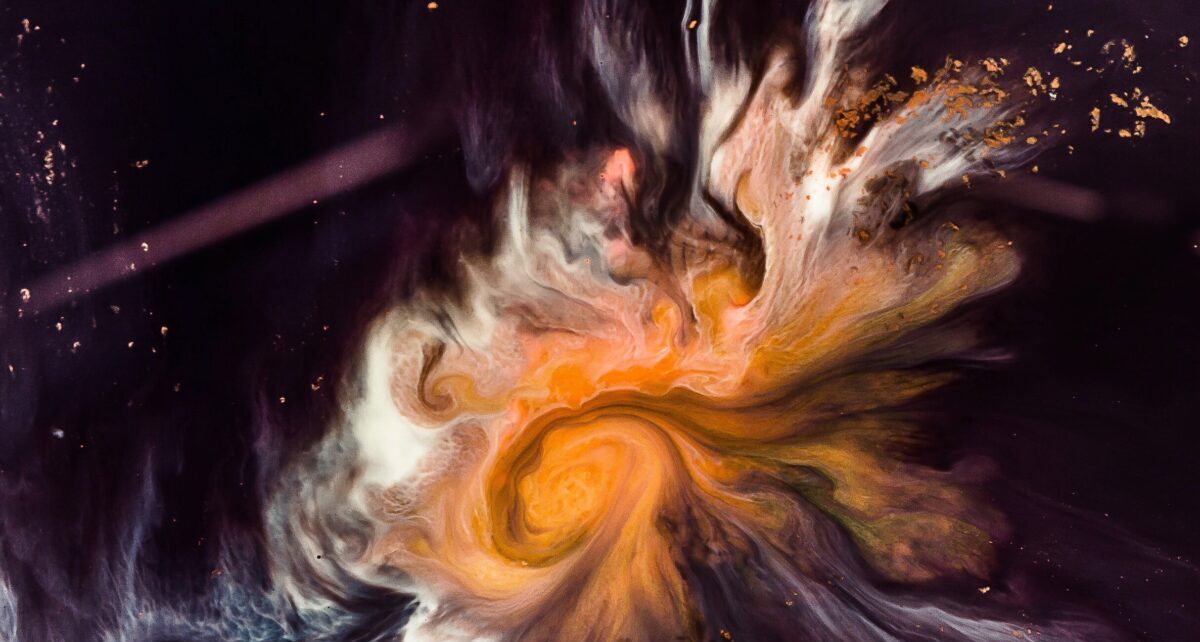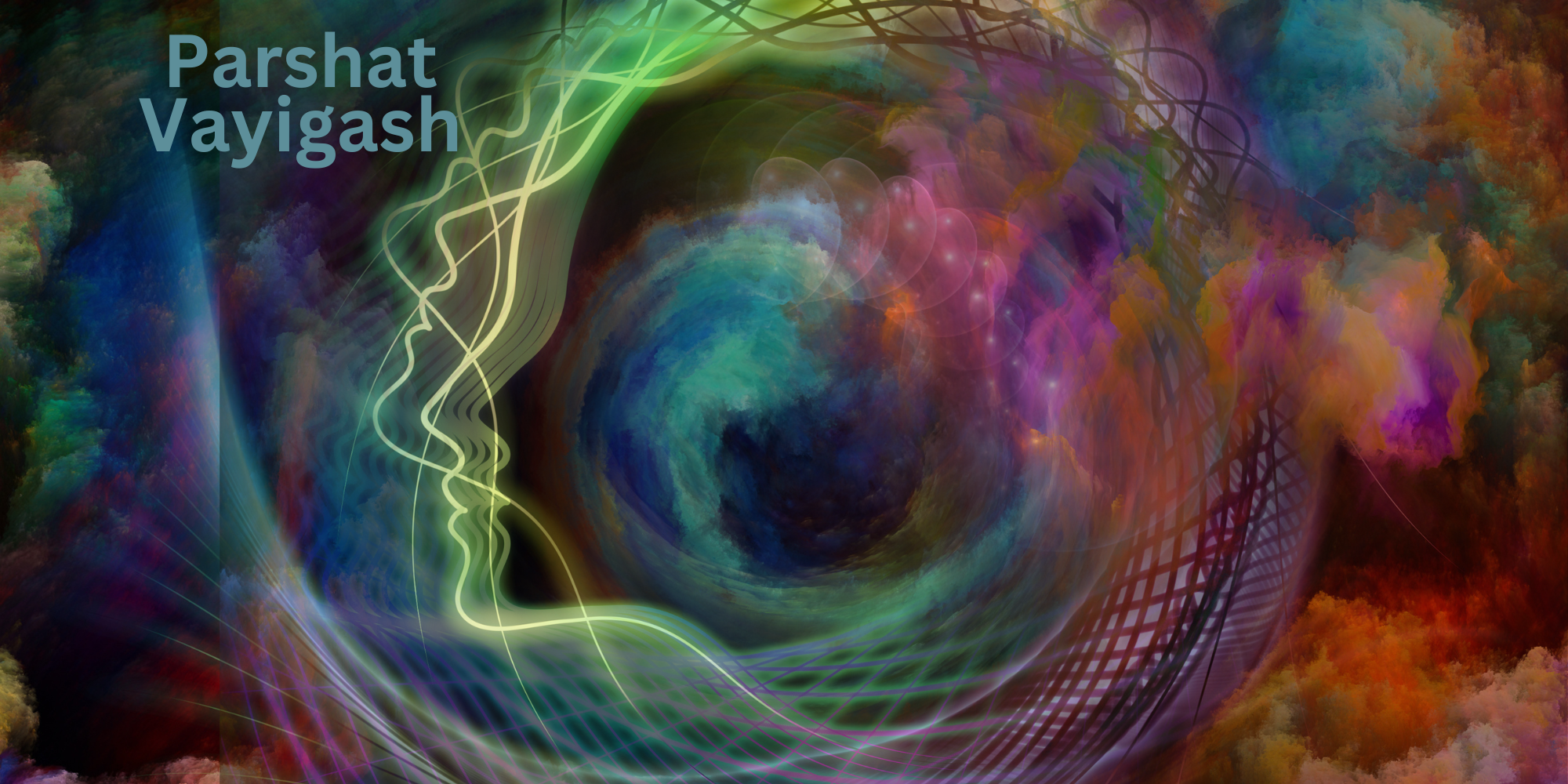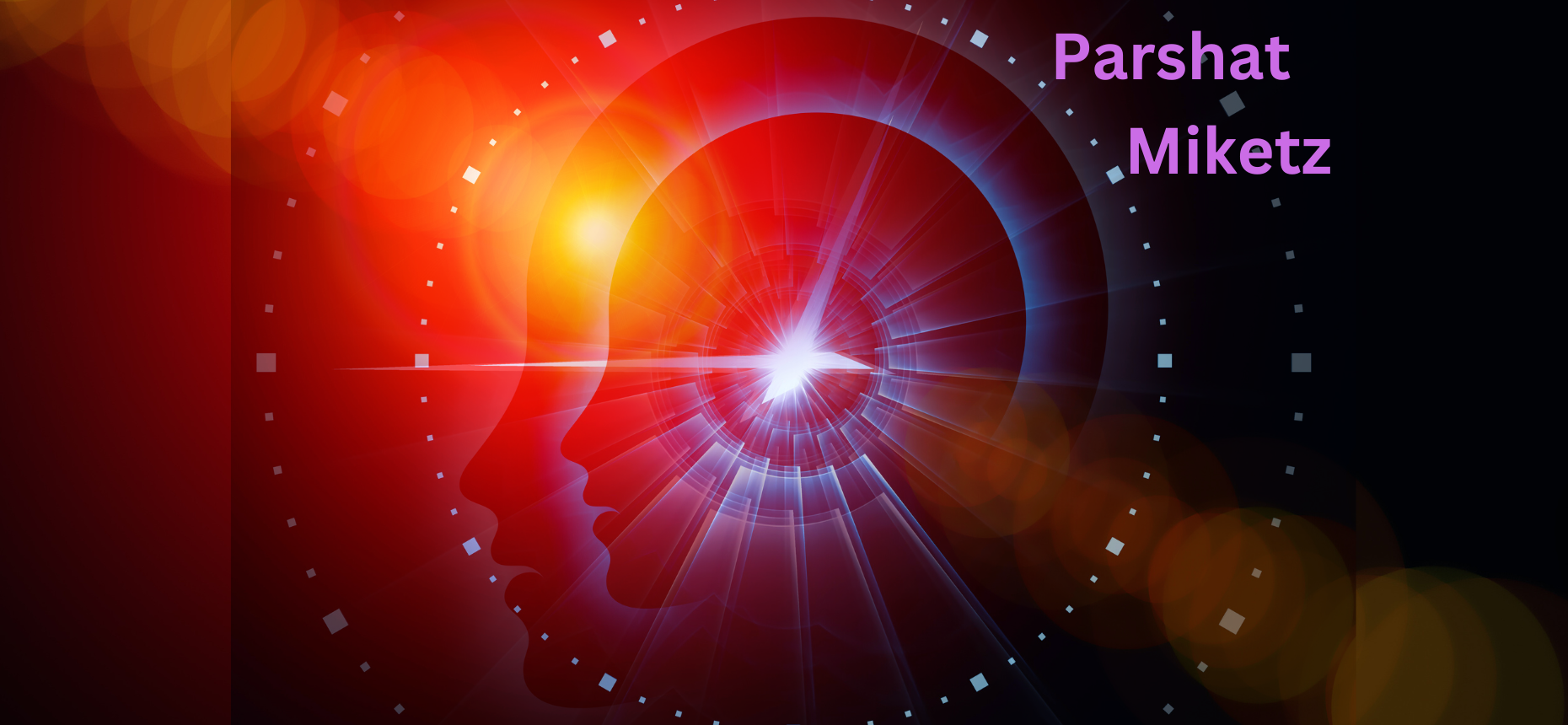Infinite Light and Finite Light
A basic question is asked about the menorah, the seven branched candelabrum in the Tabernacle in the desert and later in the Temple in Jerusalem, as well as the eight lights of Chanukah: does the light symbolize the finite or infinite? The answer is both. Above all else, the Tabernacle and the Temple represent the indwelling of an infinite God in a finite world, another of the great paradoxes of existence. The light of the menorah, and in our time the lights of Chanukah, symbolize the infinite light of God shining within our material, finite world. In the menorah and the lights of Chanukah, the infinite light of God is clothed in physical light. According to Kabbalah and Chassidut, the original concealed light of Creation is revealed in the light of the menorah and now in the lights of Chanukah.
A mathematical gem established the connection between finite physical light and the infinite light of God. The word for light, ohr, equals exactly (207) the term used throughout Kabbalah for the infinite light: ayn sof. Further it equals the word in Aramaic, a sister holy language of Hebrew, the term for “secret,” raz. It is truly a great secret how the physical world enclothes the spiritual worlds, how matter enclothes energy, how finite contains the infinite.
Ponder these ideas deeply as our understanding of the fabric of the universe and our perception of life itself is intrinsically woven into these realizations.
Let There Be Light
The Rebbe of Slonim reads the third verse of the Torah, which describes the creation of light, in a very creative and profoundly revealing manner. The preceding second verse describes how in the beginning there was “darkness on the face of the deep [abyss].” Thus, instead of reading the narrative as a one-time linear occurrence that happened at the beginning of creation alone – “and God said let there be light, and there was light” – he changes the punctuation slightly and with it the entire context to an existential plea of man in the present moment in reaction to the darkness that surrounds him, and the fear and ignorance it represents: “And he [man crying out from the depths of his soul] said – “God! [please] – let there be light” – [to which God responds to man’s plea] “and there was light.”
Similarly, we can turn a more passive focus on the Chanukah lights into an active and potent prayer: Please God! – let Your light shine into every nook and cranny of this world and dispel the darkness of ignorance, hatred, and fear. Let there be light!
A Thousand Lights
In Kabbalah there is a concept referred to as “a thousand lights.” These lights were revealed at the Giving of the Torah at Sinai. After worshipping the Golden Calf these lights were taken away.
This is similar to the explanation of Rashi regarding the light of the first day of creation, which is understood as being a purely spiritual light, as the sun, moon and stars were not yet created until the fourth day of creation.
It is taught that God hid this light away for the righteous, as He deemed it too precious to be granted to those involved with evil. This light was therefore hidden, not completely taken away. And where was it hidden? According to tradition it was hidden in the Torah, which is called light; in Shabbat, which is inaugurated by lighting candles; in the menorah, the seven branched candelabra that was lit in the Tabernacle and later in the Temple, and, according to Chassidut, in the candles of Chanukah that illuminate our homes.
When adding each night of Chanukah a new flame, till reaching the eighth night, we are confirming our faith in the righteousness of our cause and the hope revealed in the words of our prophets. Isaiah revealed that our mission is to be a “light unto the nations” and prophesied about a world of peace, love and harmony (Isaiah 49:6). This too is the message of Chanukah – to never forget that vision or our responsibility to try in even the smallest of ways to bring light to others and the world.
One of the qualities of light is that from one candle a thousand more can be lit, without diminishing the original flame. The Midrash lauds this attribute by stating that when one candle is used to light another, the new light is lit and the other candle lacks nothing (Bamidbar Rabbah 13). Similarly, the Talmud shares the following idiom: “A candle for one – a candle for a hundred” (Shabbat 122). The more you share your light with others, the more strength God grants you to spread that light even further. Each individual is a potential lighthouse in a world of stormy seas.
May the lights of Chanukah reveal new Jewish inspiration and determination to live our Judaism with joy and commitment, and in so doing, make the dream of universal peace come closer. One candle can light a thousand lights. May your candle inspire not only you, but all those around you.
Meditating on the Various Colors of a Flame
Different explanations have been given to explain the symbolic correspondence between the physical composition of a flame – the wick, the dark light around the wick and the more inner blue light, the body of the light and the glow radiating from the light – and the five parts of the soul as discussed in Kabbalah and Chassidut.
The five names of the soul as learned from an ancient Midrash are: nefesh, ruach, neshama, chaya and yechida (Bereishit Rabbah 14:9). Each name refers to an ascending hierarchy of soul powers, and serves as a powerful tool in analyzing and understanding the human psyche.
Nefesh, the lowest level of soul, refers to what is commonly termed the animal soul, the instinctual and behaviorist drives and patterns of human action, most associated with the body of man. Ruach, or “spirit,” relates to the emotions; neshamah, the inner soul, is considered the seat of the intellect; chaya, “the living one,” refers to the interaction between consciousness and its superconscious origin; and yechida, “the single, unique one,” relates to the most Divine aspect of soul.
One of the ways to see the correspondence between the five levels of the soul and the component parts of the flame is in the following manner:
The wick – nefesh
The blue part of the flame – ruach
The black part of the flame – neshamah
The main body of the flame – chaya
The surrounding aura of light – yechidah
Gazing at the component parts of the flames and contemplating the five corresponding levels of the soul is a very potent and meaningful exercise in contacting, feeling and activating the soul and all its potential.
Light and Consciousness
The connection between light and the intellect has taken on a new perspective due to recent discoveries on the functioning of the brain, the seat of intelligence. It is now known that the brain is an incredibly complex communication center, a sort of super computer processing and reacting to an immense amount of input per second. The brain contains hundreds of billions of neurons, specialized nerve cells that process and transmit information through a complex interaction of chemical messengers and electrical signals carried through nerve fibers. The brain is an electric transformer, a pulsating system of live wires of light.
To “see the light,” an analogy of experiencing a lightening flash of new revelation streaking through the mind, can now be understood to parallel the biological reality of new information transmitted in the form of electric impulses. The neurons are connected by synapses that transmit electric nerve impulses by way of neurotransmitters, carrying signals and information between brain cells. The ancient, intuitive understanding of the connection of light with intellect, can now actually be seen in how modern science understands the functioning of the brain.
On a more spiritual level “seeing the light” or being “enlightened” means plugging into the Divine intelligence that pervades literally every moment of time and every point of space. That intelligence is encoded in every atom in the universe and in every cell, and is literally mind boggling in its complexity. The more we understand of the physical laws of the universe the more it beckons us to see the hidden and unified spiritual force behind the material world.
Maimonides taught that if we want to understand God we need to study the world He created. All existence is in truth the ongoing manifestation of God’s Divine wisdom, and in fact, the Targum Yerushalmi, a two thousand year old translation of the Torah into Aramaic, renders the first verse of the Torah as “With wisdom God created the heavens and the earth.”
Take a moment to contemplate these ideas and plug into the Divine intelligence that is all around you, deep within you.
Chanukah and Mashiach
One of the methods used in the Kabbalistic tradition is that of permuting letters of a word or phrase in order to discover new associations and correspondences that reveal the word’s inner dynamics and essence.
Related to this practice we find the following enigmatic statement in the Sefer Yetzirah:
“Two stones build two houses, three stones build six houses, four stones build twenty-four houses, five stones build one hundred and twenty houses, six stones build six hundred and twenty houses, seven stones build five thousand and forty houses. From here on go out and calculate that which the mouth cannot speak and the ear cannot hear” (4:16).
Interpreting this passage, the Rabbis explain that “stones” are letters and “houses” are words. Therefore, the permutation of a given number of letters in all their combinations yields – or to use Sefer Yetzirah’s terminology — “builds,” a certain number of “houses” or words. By permuting the letters comprising these words, one reveals the Torah’s concealed depths, and open the practitioner up to various states of enlightenment, mystical insight, and according to some, even prophetic experience.
The name of the family of the Maccabees was Chashmonaim. According to Rabbi Yitzchak Ginsburgh permuting the letters of this name yields many words intrinsic to the story and the meaning of Chanukah:
חשמונאים
Some of the words include:
Mashiach – משיח – As discussed above, the four letters of the dreidel actually equal in gematria the name of the Mashiach. The miraculous defeat of the Greeks and the reassertion of Jewish sovereignty in Israel is precedent for what will happen in the Messianic times, albeit on a bigger and more lasting scale.
Nachash – נחש – The primordial snake of the Garden of Eden who represents the opposing force of the Mashiach as both words have the same numerical value.
Shemen – שמן – An allusion to the hidden cruse of oil that miraculously burned for eight days.
Yavan – יון – The Hebrew name for Greece.
Noi – נוי – The name for Greece backwards spell noi, “beauty,” alluding to both Greece’s worship of beauty as well as the mitzvah to beautify the mitzvot, as discussed above.
Choshen – חושן – The special garment worn only by the High Priest. The Chashmonaim were Cohanim, priests, and were from a family of High Priests.
Aish – אש – The fire of the lights of Chanukah.
Although this may seem like a mere word game (and very appropriate to the lighter side of the holiday when certain games are traditionally played), when applied and meditated upon in a serious manner to words and verses in the Torah, truly amazing connections are made revealing the depths of the Torah.
Judgment Continues till Chanukah
We are taught that Rosh Hashanah begins the Ten Days of Repentance, the Days of Awe, a period during which the whole world is judged. At the final Neila prayer of Yom Kippur the judgement is sealed. Nonetheless, our oral/mystical tradition teaches that the final judgement really occurs on Hoshanah Rabbah, the last day of Succot. The seven circuits of the synagogue on this day represent the closing of the cycle that began on Rosh Hashanah. Chassidut later revealed that though the judgement is sealed on Hoshanah Rabbah, it is not really “pronounced” until Chanukah. The question is why would Chassidic thought stretch the pronouncement of the judgement till Chanukah.
One explanation is that the prayers and judgement of the High Holy Days are very ethereal and are in a state of pure potential. Starting with Rosh Hashanah and ending with Simchat Torah, the potential judgement and changes engendered by our prayers only begin slowly to filter down to this world. At Simchat Torah, when we begin the Torah anew, we are given a grace period before the judgement is actualized in order to give us a chance to put into action all those lofty realizations, promises and hopes created by the prayers we so sincerely offered up during the holidays.
Therefore, it is on Chanukah, when we light the candles that we shed light upon whether or not we really have lived up to transforming our potential into actual, our dreams and hopes into reality. This alone alerts us to the importance introspection can and should play during Chanukah. It is a golden opportunity to turn potential into actuality inspired by the light and messages of Chanukah.
The verse we have quoted a number of times -“The candle of God is the soul of man…”(Proverbs 20:27) concludes with the following words “which searches out all the innermost parts.” In other words, the purpose of this candle is not to just illumine in a general manner but rather to search out the most inner parts of a human being – mind, heart and soul. This of course fits into the overall theme of Rosh Hashanah and Yom Kippur, and thus we see again how Chanukah is a continuation, and in a sense, the culmination of the Ten Days of Repentance.
Metaphorically speaking, the lights of Chanukah “reappear” in the candle used to check for chametz, leavened bread, on the eve of Pesach when all unleavened products must be removed from our possession. Leavened bread represents an overblown ego while matzah, the special food of Pesach represents humbleness. The same light that on Chanukah can be used to reveal the deepest recesses of a person’s inner world can now be used again to check every nook and cranny for actual chametz and its spiritual equivalent, in order to prepare ourselves to go from psychological and emotional slavery to freedom.
The Teshuva of Chanukah
The word for repentance in Hebrew is teshuvah, whose root means “to return.” On a straightforward level teshuvah means to return to proper conduct after sinning, making a mistake or a poor call of judgement. On a deeper level it means to return to one’s core being, and ultimately, to return ever closer to one’s Creator. This type of teshuvah has nothing to do with sin and everything to do with spiritual progress and elevation. And it is this type of teshuvah that relates to Chanukah.
The soul when inspired by the infinite light of creation shining through the Chanukah lights realizes its true Divine source and longs to return to a simple state of unified consciousness and to connect to God, the Source of all light. This type of teshuvah is beyond right and wrong, beyond past and future, beyond all words and description. It is the intimate closeness where no words are needed and no excuses given. Just feeling the love of God and His love for us.
In truth, this process of spiritual cleansing begins on Rosh Hashanah, and even before in the month of Elul, and accelerates while moving through the holidays of Tishrei: Rosh Hashanah, Yom Kippur, Succot, Hoshanah Rabbah and Shemini Atzeret/Simchat Torah. Then the year begins in earnest and the lofty ideals and new year’s resolutions sometimes pale in contrast to their initial intent when confronted with mundane reality. Chanukah gives us the opportunity to renew our determination to actually achieve what we had hoped for. The teshuvah of Chanukah affords us all another chance to take our hidden potential and make it shine.
